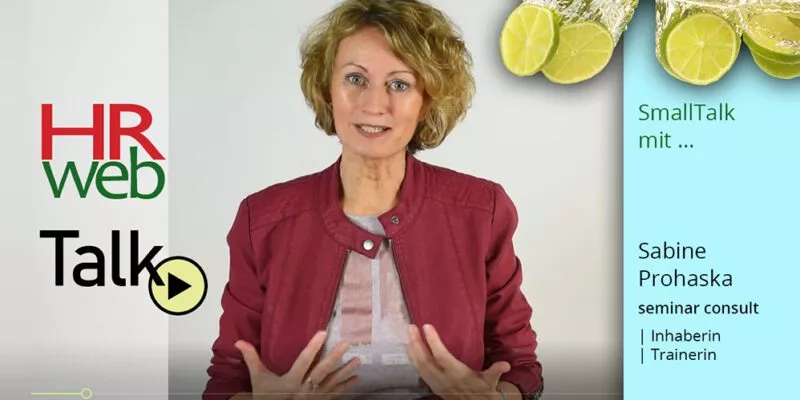Storytelling ist ein Thema, das mich nach wie vor fasziniert und ich hatte die Gelegenheit, Karen Eber – die zu diesem Thema auch als Keynote Speaker beim HR Inside Summit (9+10okt2019) auftreten wird – zu diesem Them zu interviewen:
Interview-Partnerin
Karen Eber is a global keynote speaker, leadership development and culture expert, four time American Training and Development award winner and thought leader. She is the CEO and Principal at Eber Leadership Group. Connect with her on Twitter @kareneber1 or www.kareneber.com
Interview
In which situations do YOU use storytelling?
I use storytelling all the time – in casual conversations, presentations, coaching sessions and in writing. I find it the best way to draw people in, engage them with the topic and make it memorable. Even a simple metaphor or photo can help create more meaning for someone than a bunch of data. The story helps the person focus on the idea and makes you a more effective communicator.
What was the best story that you ever heard? What was the core-value of this story?
I love when a story has an unexpected twist for the listener that helps change their thinking. For example, do you know how Lions strategically take down their prey on the African plains? Male lions perch themselves on one side of a watering hold where gazelles drink. The lion will flare his mane, stand tall and let out a ferocious roar…so loud your toe nails would rattle.
This scares the gazelles into running for their lives. What the gazelles don’t realize is that they have fallen prey to the very trap set by the Lion. Male lions are slow, lazy and don’t want to chase things down. It is the Lionness that chases and attacks the prey. Gazelles are blinded by fear when they hear the lion’s roar and run away…only to bounce right into the path of the Lionness waiting for them on the opposite side of the watering hole.
I used that African proverb when talking to a leadership team about transformation. I reinforced they needed to do the opposite of what seemed normal and confront their fears. That running away could make things worse. By facing the situation, running towards the roar and constructively confront things vs. avoiding them would make them successful. I could have led with a list of things they needed to do for a successful transformation. By anchoring it in this story, it not only gave meaning, something memorable, and drove action with a battle cry of Run towards the roar!
What does a really good story need?
A really good story has four things: a beginning, a middle, an end and a through line. The through line is the takeaway…the main point of the story. That structure helps the listener follow and build an idea. Great stories also have something unexpected to the listener. One of my most popular leadership stories was about a friend who dropped her phone down an elevator shaft. That unexpected twist was something everyone could relate to, even if it hadn’t happened to them, and they wanted to know more!
Which are the neurological benefits of storytelling?
If you are listening to a PowerPoint presentation or going through data row by row in excel, Broca and Wernicke’s area are activated in your brain. This is small spot above your ear that is your language processing center. You understand what is being said – and unfortunately quickly forget the majority of it moments later.
If I were to tell a story, you engage your entire brain: I am walking through snow and it is crunching under my feet with each step. I take a deep breath, the cold air traveling across my cheeks, up my nostrils and down my throat and lungs. I try to catch a snowflake on my tongue and brush the fluffy snow off my jacket as it lands there. This descriptive story is engaging your senses just as though you were in the snow. It’s called neural coupling. As the listener, your brain gets synchornized to the storyteller and is activated just as though you were doing the very things being described.
Storytelling engages our entire brain, and as a result is more memorable. It also influences action, engaging different senses and meaning. At work we often assume we need to present a lot of data to influence outcomes. But data doesn’t drive action, emotions do. People have to make a choice to take action, and that comes by connecting with the stories.
Marketing has known the power of storytelling for years to sell products. Internally, it’s the best way to help create meaning and engagement for employees. Why only use a small part of your brain with PowerPoint and Excel when you can engage the whole brain through storytelling!
Karen Eber beim HR-Inside Summit
- Karen Eber
◊ Keynote: 9okt2019, 9:15, „Storytelling: It’s not just for bedtime“
◊ Session: 9okt2019, 11:00, Kategorie: Strategie & Leaderhsip
. - HR Inside Summit
◊ 9+10okt2019
◊ Wien, Hofburg








